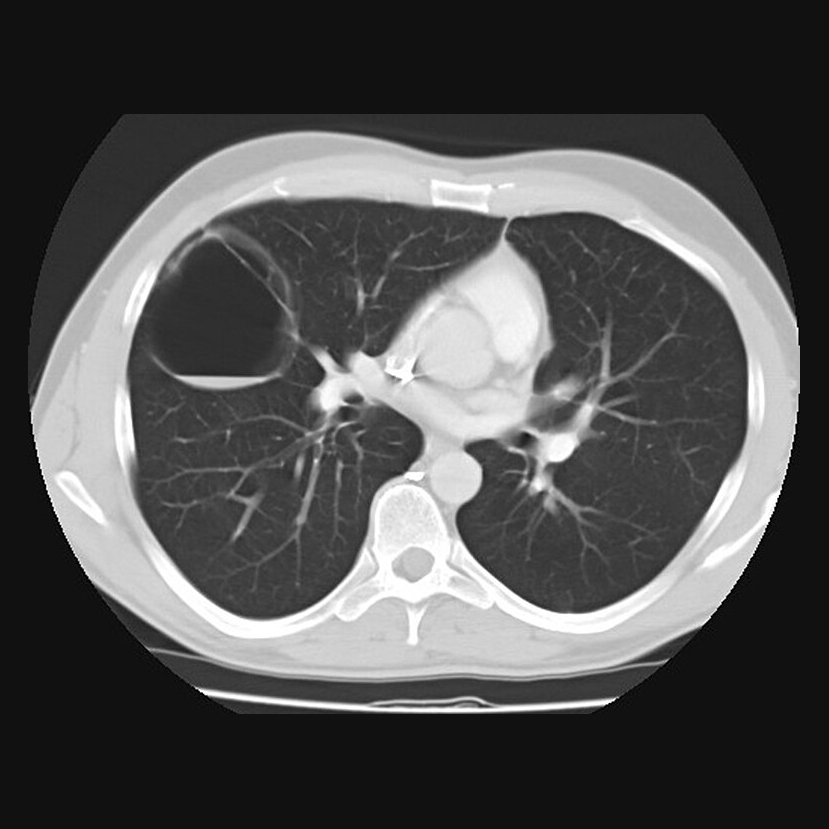Chest CT Scan in Children
A chest CT scan is a valuable tool for diagnosing and managing a wide range of chest and lung conditions in children. It provides fast, detailed information that helps doctors make informed decisions. When needed, CT scans are safe, child-friendly, and carried out with care to ensure the comfort and wellbeing of your child.
What Is a Chest CT Scan?

A chest CT scan (computed tomography scan) is a painless, non-invasive imaging test that gives doctors detailed pictures of your child’s chest, including the lungs, heart, airways, blood vessels, lymph nodes, and bones. CT scans use special X-ray technology to take multiple images from different angles and combine them into cross-sectional views. These scans can provide more information than a standard chest X-ray.
In some cases, a contrast dye may be used to highlight certain areas more clearly.
Why Your Child Might Need a Chest CT Scan
Your doctor may recommend a chest CT scan to help:
- Diagnose or monitor lung disease, airway problems, or chronic infections
- Evaluate congenital heart or lung abnormalities
- Look for tumours, inflammation, or enlarged lymph nodes
- Check for complications from conditions like pneumonia, bronchiectasis, or interstitial lung disease
- Guide or assess treatment plans
Benefits of a Chest CT Scan
- Detailed images of bones, soft tissues, and blood vessels in one scan
- Quick and painless – most scans are completed in seconds
- Less need for sedation in young children due to newer, faster scanners
- May reduce the need for more invasive procedures like biopsies
Is a Chest CT Scan Safe?
Yes, CT scans are considered safe and are widely used in children when clinically needed. Like all X-ray-based tests, a chest CT uses a small amount of ionising radiation. Modern scanners and paediatric protocols are designed to minimise radiation exposure.
Your doctor will only recommend a CT scan when the expected benefits outweigh any potential risks, and when no other test can provide the same level of detail.
Preparing for a Chest CT Scan
Your child’s clinical team will give you specific instructions depending on the type of scan:
- Fasting: If your child is having a scan with contrast or needs sedation, they will need to stop eating and drinking for a few hours beforehand
- Clothing: Your child may need to wear a hospital gown and remove jewellery or metal objects that might affect the scan
- IV line: If contrast dye is needed or if sedation is required, an IV cannula will be placed in the hand or arm
What Happens During the Scan?
- Your child lies on a padded table that slides into a donut-shaped scanner
- The scan is painless and typically takes just a few seconds, although the whole appointment may take up to an hour
- The radiographer may ask older children to hold their breath briefly
- For younger children or those who may struggle to stay still, light sedation or general anaesthesia may be needed
- You may be able to stay with your child during the scan for comfort
After the Scan
- If sedation was used, your child will be monitored until fully awake and alert
- If contrast dye was used, your child should drink plenty of fluids afterward
- Your doctor will explain the results and the next steps in your child’s care
Are There Any Risks?
- Radiation exposure: CT uses low-dose X-rays, and every effort is made to keep exposure to a minimum.
- Reaction to contrast dye: Very rare and usually mild. The team is equipped to manage any allergic reactions.
- Sedation risks: These are uncommon and managed by experienced anaesthetists if needed.
Located in London | Infants to young adults seen
Request a referral or book an appointment with Professor Gupta today.
